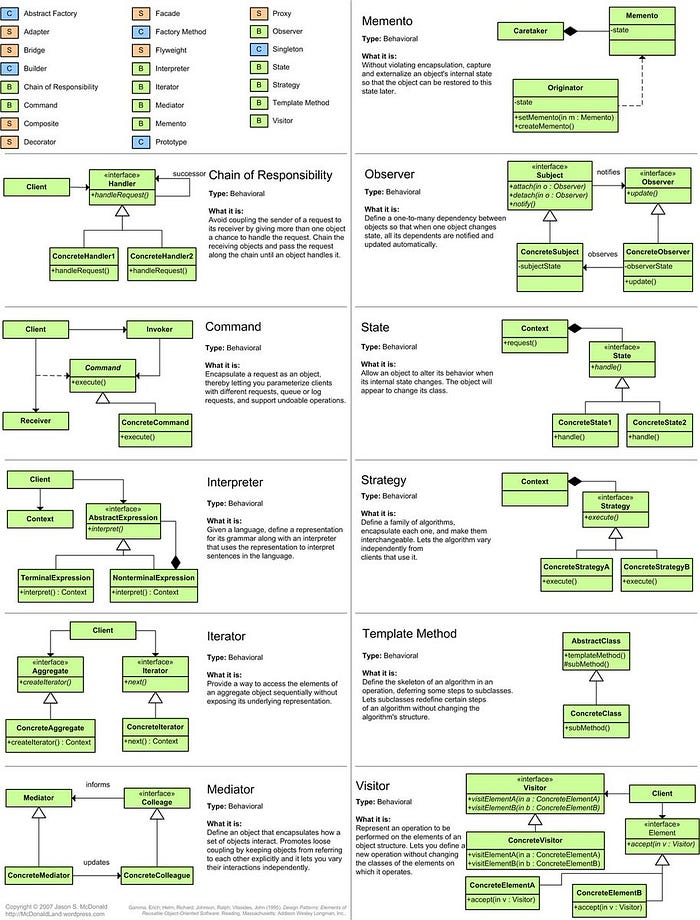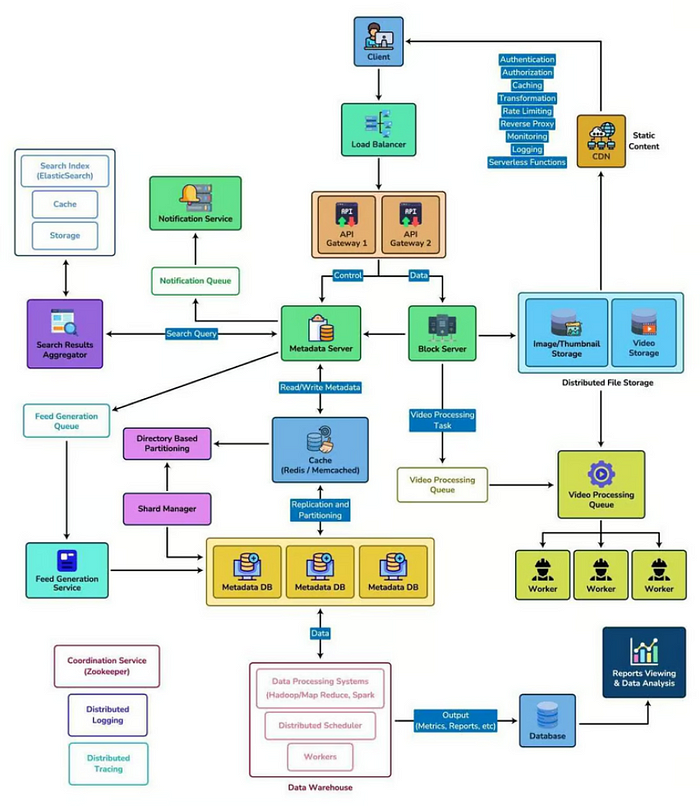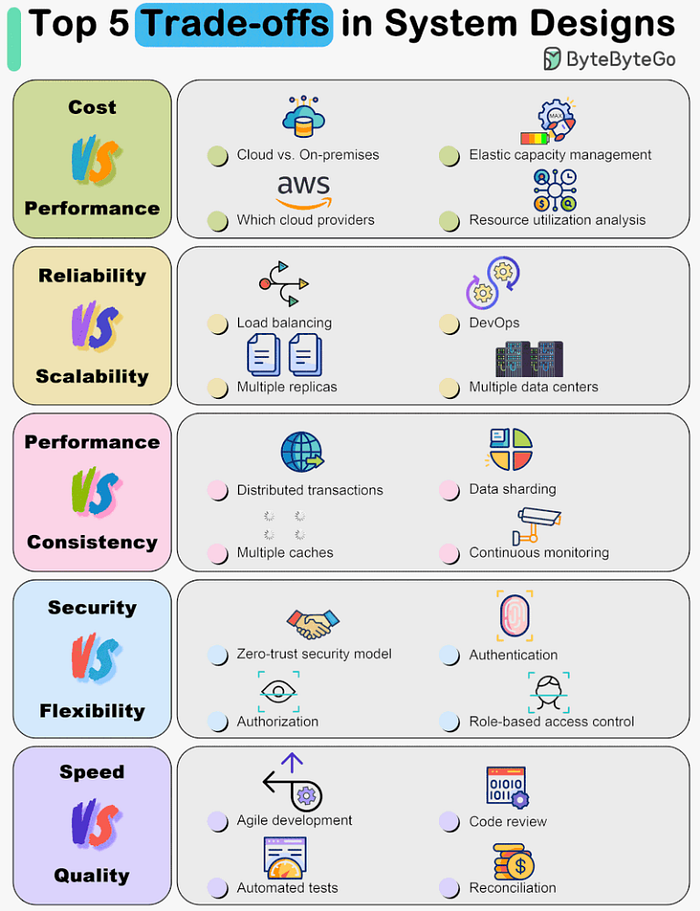63 個專案實戰,寫出作品集,讓面試官眼前一亮!
說實話,大多數 GitHub 倉庫要么被過度炒作,要么被埋沒在混亂的 README 文件中。但偶爾,你也會偶然發現一個真正改變你程式設計方式的倉庫。 從 2025 年初開始,我開始記錄每一個讓我感嘆「等等......我為什麼早點不知道這個?」的 repo 清單。 、從頂級投資者籌集了 1.8 億美元...
在目前的市場中,找到適合自己的工作非常困難! 最近,我正在探索 OpenAI Agents SDK 並建立 MCP 代理程式和代理程式工作流程。 為了運用我的學習成果,我想,為什麼不解決一個真正的、常見的問題呢? 因此我建立了這個多代理求職工作流程來找到適合我的工作! ](htt...
*揭露:這篇文章包含附屬連結;如果您透過本文中提供的不同連結購買產品或服務,我可能會獲得補償。* [](http...
[](https://bit.ly/3P3eqMN) 信用[**——ByteByteGo**](https://bit....
您是否遇到過需要「點擊按鈕」等操作才能顯示更多內容的網頁?此類頁面稱為“動態網頁”,因為它們根據使用者互動加載更多內容。相較之下,靜態網頁會立即顯示所有內容,無需使用者操作。 從動態頁面中抓取內容可能會令人畏懼,因為它需要模擬用戶交互,例如單擊按鈕來存取其他隱藏內容。在本教程中,您將學習如何透...
嘿,JavaScript 愛好者們!👋 你們準備好提升編碼技能了嗎?今天,我們要深入探討 **生成器(Generators)**——JavaScript 中一種特殊的函數。不要擔心,這不是火箭科學 🚀(但很接近)!讓我們去掉專業術語,直接進入重點。 --- ## 什麼是生成器? 🤔 ...
**JavaScript**是一種強大、靈活的語言,了解一些很酷的技巧可以讓您的程式碼更乾淨、更快、更有效率。以下是 20 個實用的 JavaScript 提示和技巧,您可以在實際應用程式中使用它們來增強您的開發流程。 --- 1.**一步解構重命名** ------------- ...
**目錄** 1. [介紹](#1-introduction) 2. [為什麼使用 Shell 腳本實現自動化?](#2-why-automate-with-shell-scripting) 3. [Shell 腳本的基本概念](#3-basic-concepts-of-shell...
精選技術文章、免費程式設計資源、以及業界重要新聞!
也歡迎訂閱 YouTube 頻道,觀看每週二晚間的《CodeLove Talk》直播節目,一起討論軟體開發相關的話題!